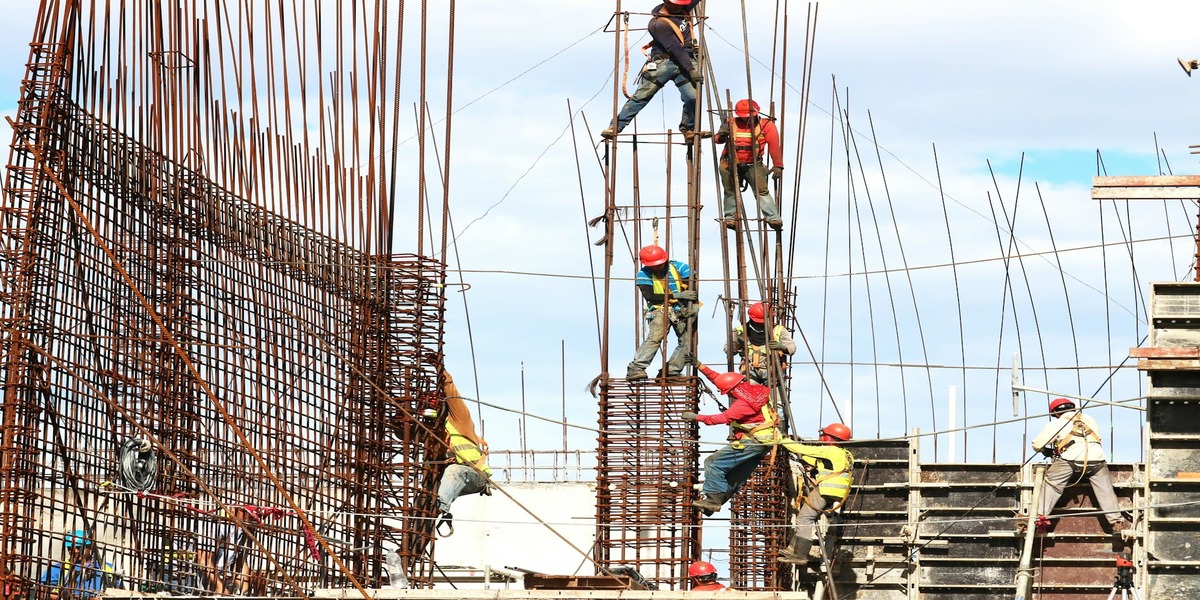In the current trend of Design Build and EPC projects being executed on fast track modes, engineering plays a vital role in the success and timely completion of the project. The project engineering needs to be effective and managed efficiently.
Design Engineering for any project broadly involves :
- Receipt of Order Intimation from client
- Critical planning for a better visibility of the activities under the scope of work
- Planning of resources – internal and external outsourcing
- Finalization of basic design and specifications
- Approval from statutory authorities
- Finalization of detailed designs
- Closure of engineering with client and other stakeholders
Effective Engineering Management
For a project, the engineering management can be made more effective and the delivery process efficient if the following are ensured:
- Cost optimization opportunities identification, value engineering initiatives in terms of saving time and money for the project, and by adopting efficient standardization for a faster engineering
- Time Management- Continuous progress monitoring with an engineering dashboard and MIS. Create look-ahead schedules, proactive identification, and remediation of engineering issues
- Identify delays, carry out a root cause analysis, and be ready with catch up plans
- Quality Management, multi-level design review, cross-functional review, and release of error-free documents to clients
- Change request control and management- Effective claim management. Change process initiation with an extra claim. Avoid subsequent reworking at sites
Enabling Process Requirements
The enabling process requirements for effective engineering management involve:
- Document management: Efficient storage and retrieval system
- Knowledge management and sharing experiences: an effective tool for supporting good engineering
- Vendor management: Vendor empanelment
- Productivity Measurement
- Training and Development: webinars, conferences to upgrade awareness and adopt new techniques.
Frequently Asked Questions
1. What are some common challenges project engineers face in EPC projects, and how can they be overcome through effective management strategies?
Some of the challenges faced are as follows:
In some industrial projects, the lead time for some vendor-supplied items (equipment) is too long and the precise data is not made available to the engineering team on day one of the start of the project. The engineering consultancy firms should have a proper database to proceed with the required engineering works with reasonable accuracy.
In some of the large linear infrastructure projects, the land availability by the customer is delayed, and design phase activities get delayed.
Frequent change requests from customers and other stakeholders of the project. Any change request post approval of the design has time and cost implications on the project; hence, it should be judiciously decided.
Requirement of approval of design from multiple agencies. The approval systems should be made simpler; a one-time review and comments approach and a single window system approvals are desired.
Inconsistent specifications. The customer’s requirements and specifications should be clear and consistent throughout the tender documents.
2. What are the critical factors when selecting suppliers and subcontractors for an EPC project?
The critical factors in selecting the subcontractors for EPC contractors are :
- The subcontractor should be from the approved vendor list of the customer
- Past experience in similar projects
- The present order book and the capability of subcontractors to meet the delivery challenges of the new orders should be reviewed
3. How do environmental and sustainability considerations influence the design process of EPC projects?
These are possible with the following :
- Efficient use of the available land : The land provided by the customer shall be efficiently used. Sufficient parking areas shall be provided to promote sustainable transportation. Amenities for the physical and mental health of the occupants of the building shall be provided in the form of playgrounds/open ground/gardens. Building sizes shall be provided with the concept of “ Build what you need” without being wasteful.
- Use of non-toxic and environmentally friendly construction materials: Naturally occurring materials, such as clay, stones, sand, wood, shall be used in the construction of the buildings. These materials shall be environmentally friendly and non-toxic.
- Harvesting and reusing water: Building roof top rain water harvesting shall be carried out to recharge the ground water levels of the site.
- Minimum harm to the environment: By reducing the usage of fossil fuels.
- Maintain good indoor air quality: Sufficient Landscaping shall be provided around the building, which can help to reduce the amount of heat absorbed and it shall allow cooling of the air around a building. Trees and shrubs can provide shade and windbreaks, and they can also help filter pollutant air.
- Energy Efficiency: Sufficient clear distance between the buildings shall be maintained to ensure maximum availability of natural light and to avoid the use of lights during the daytime.
Create an account to read the full article
Create Account
Already have an account? Sign in

